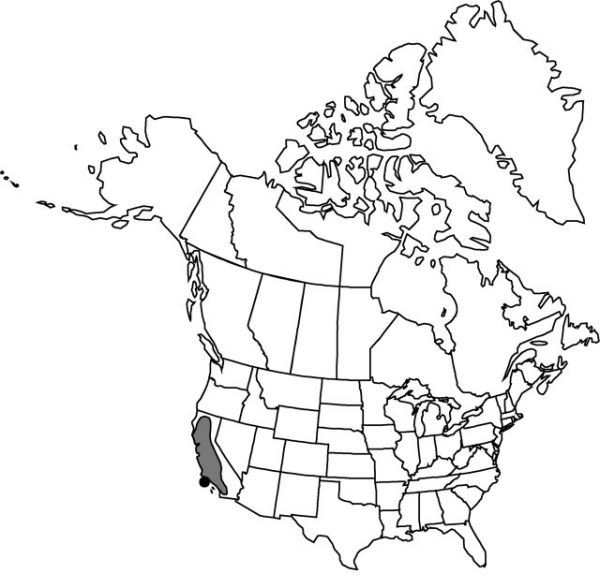Difference between revisions of "Piperia leptopetala"
Bull. Torrey Bot. Club 28: 637, fig. 29. 1901.
imported>Volume Importer |
imported>Volume Importer |
||
| Line 53: | Line 53: | ||
|publication year=1901 | |publication year=1901 | ||
|special status=Illustrated;Endemic | |special status=Illustrated;Endemic | ||
| − | |source xml=https:// | + | |source xml=https://bitbucket.org/aafc-mbb/fna-data-curation/src/2e0870ddd59836b60bcf96646a41e87ea5a5943a/coarse_grained_fna_xml/V26/V26_1179.xml |
|subfamily=Orchidaceae subfam. Orchidoideae | |subfamily=Orchidaceae subfam. Orchidoideae | ||
|tribe=Orchidaceae tribe Orchideae | |tribe=Orchidaceae tribe Orchideae | ||
Latest revision as of 22:12, 5 November 2020
Plants 13–70 cm. Stems uniform toward base, 0.7–3.4 mm diam.; bracts 2–6(–12). Leaves ± prostrate; blade 6.5–15 × 1.5–3 cm. Inflorescences densely flowered, 4–40 cm; rachis usually longer than peduncle; bracts 5–11 mm. Flowers pale green, translucent; fragrance nocturnal, delicate, ± lemony or otherwise pleasant; sepals oblong, 2.5–5 × 0.7–1.6 mm; lateral sepals recurved; petals erect, strongly upwardly recurved, straight, linear, spreading to form a V, 3–6 × 0.6–1.3 mm, apex long-acuminate; lip projecting to ± deflexed, narrowly lanceolate, 2.5–5 × 0.8–2.5 mm; spur deflexed, curved, tapered, 4–9 mm; viscidia broadly elliptic-ovate, 0.25–0.45 × 0.2–0.3 mm; rostellum slightly elongate. Capsules 4–9 mm. Seeds cinnamon brown.
Phenology: Flowering May–Jul.
Habitat: Woodlands and chaparral, sometimes on serpentine soils
Elevation: 100–2200 m
Discussion
Piperia leptopetala is uncommon but widely distributed in California. Its flowers have the narrowest sepals and petals of the genus; this gives the inflorescence a lacy appearance. Piperia leptopetala blooms earlier than sympatric P. transversa and P. elongata, two species with which it is sometimes confused.
Selected References
None.

